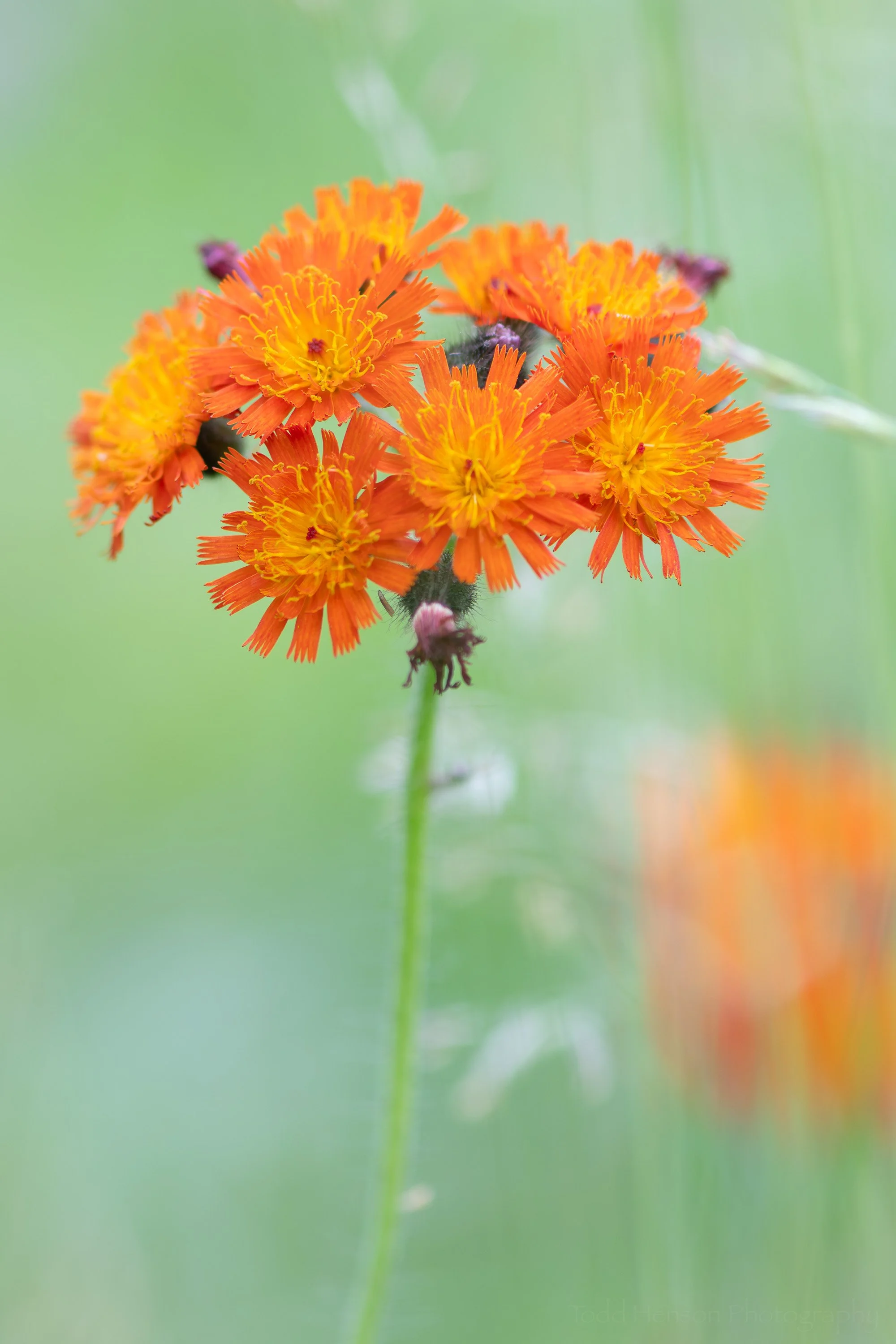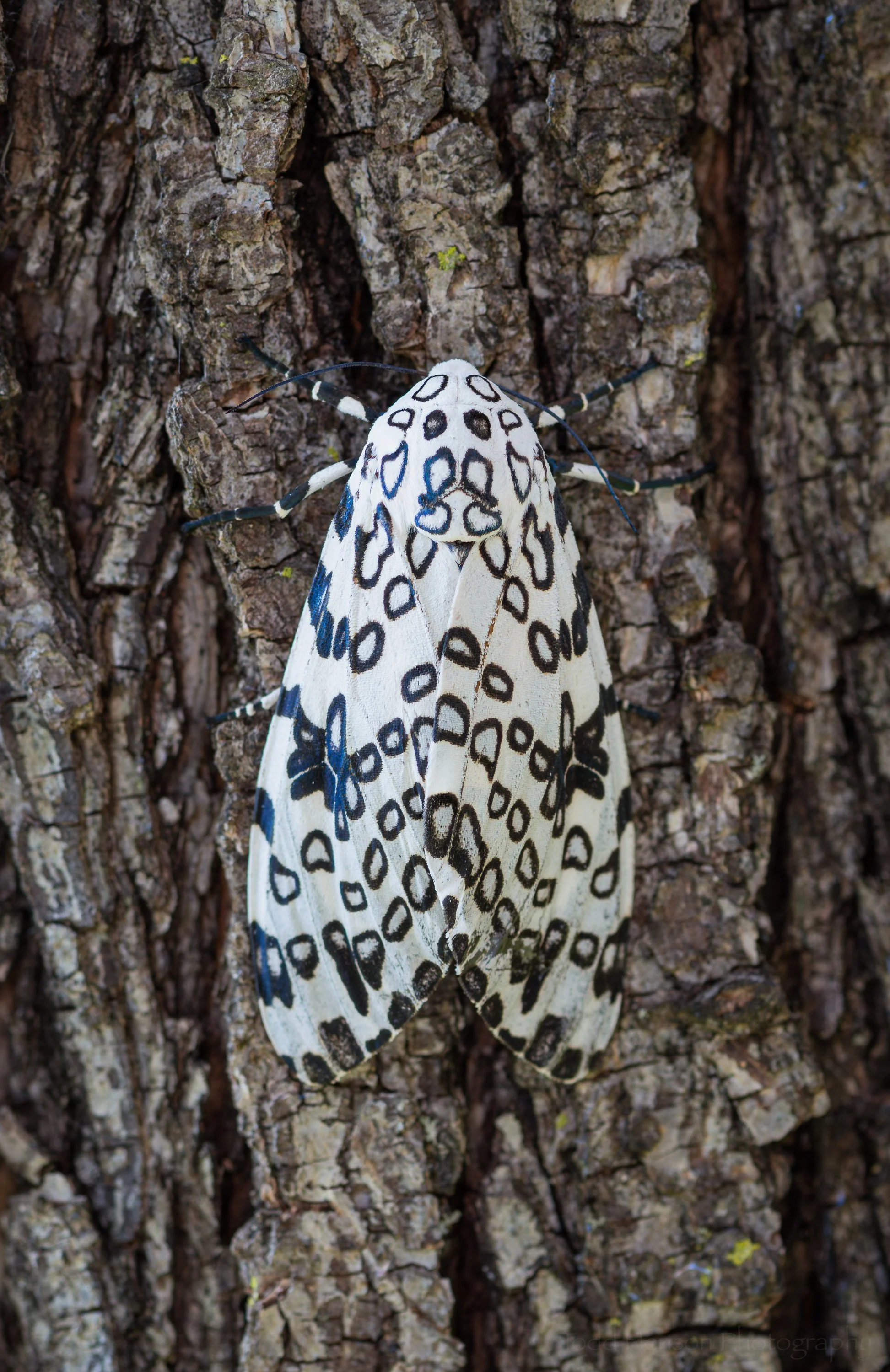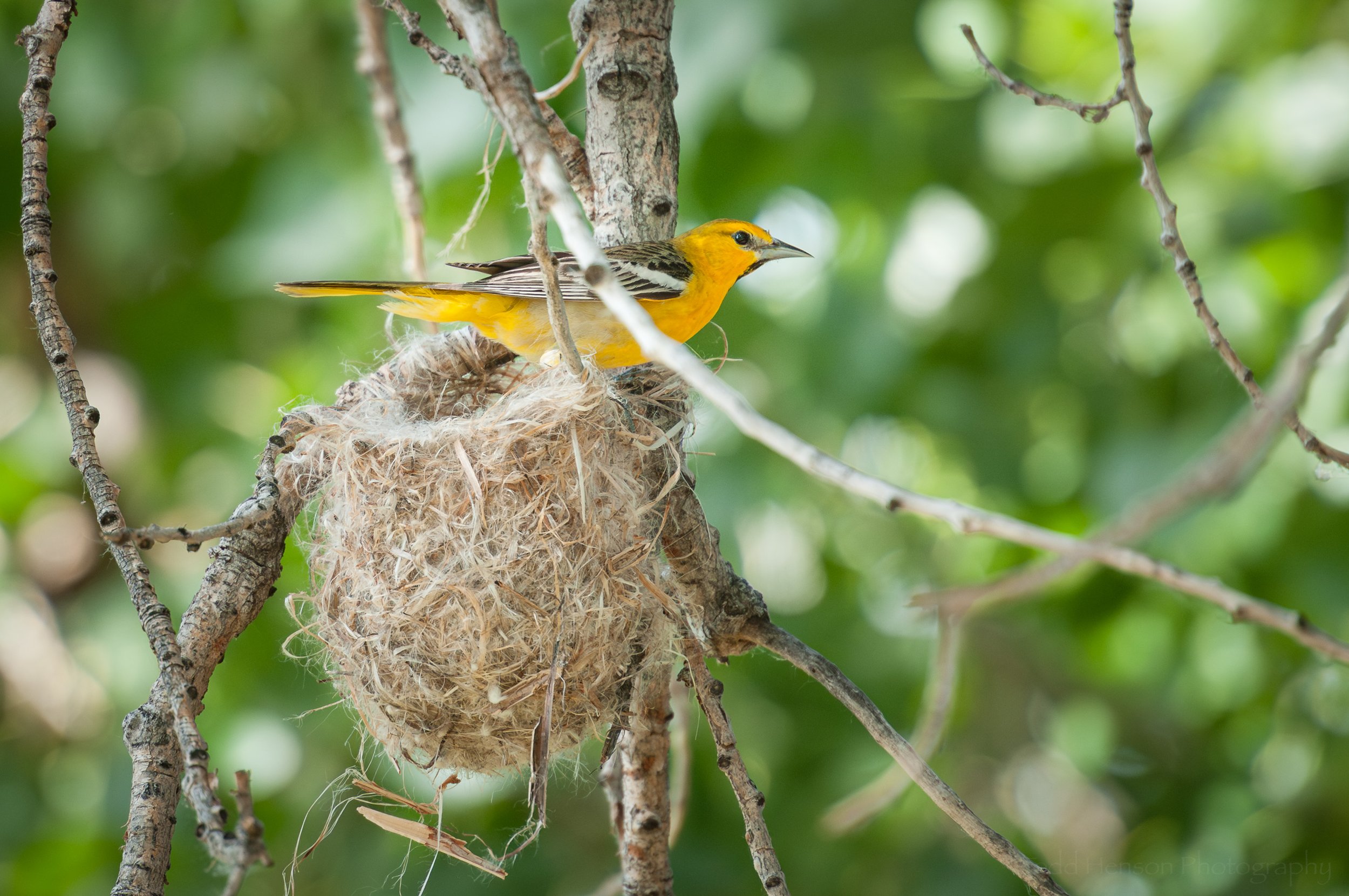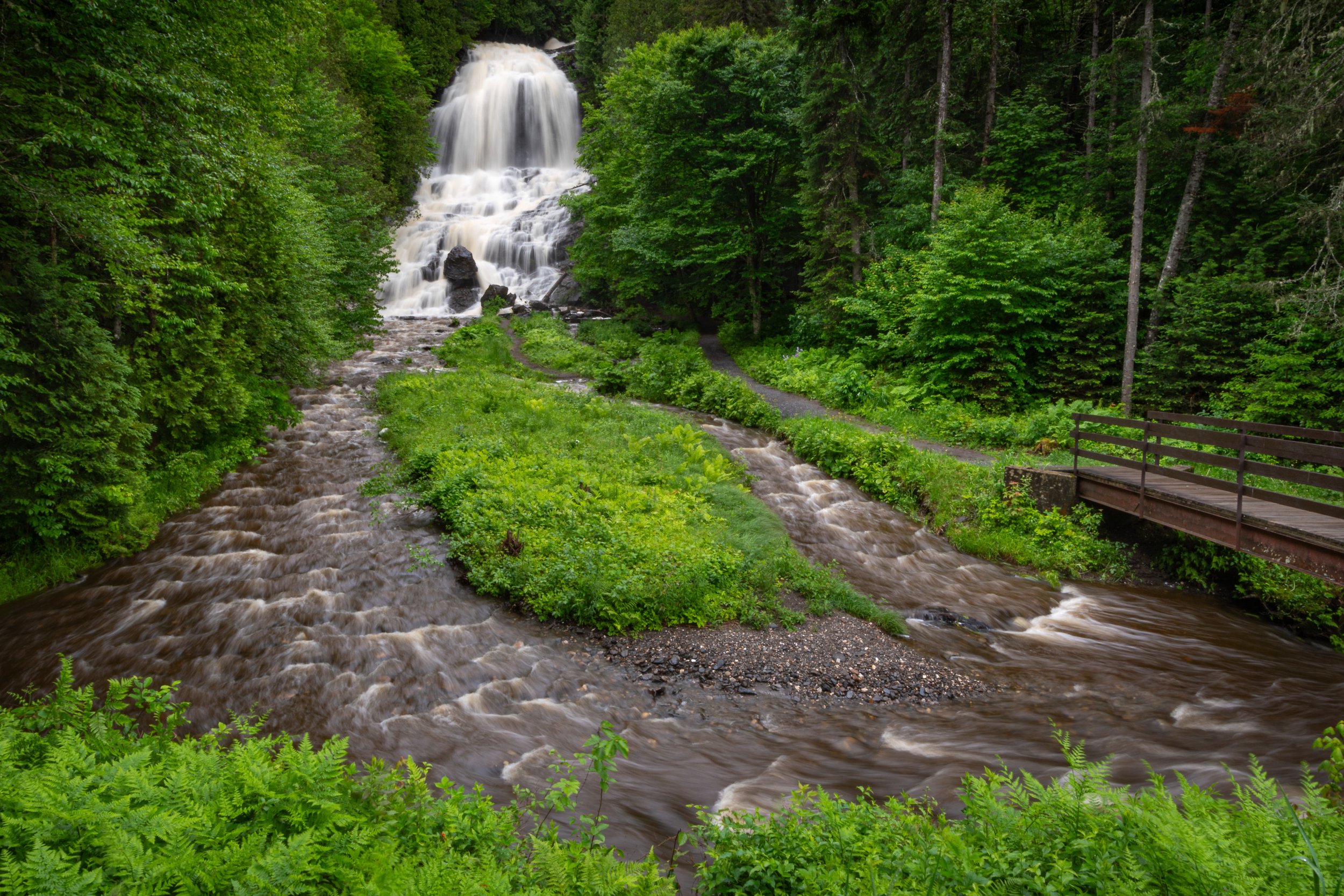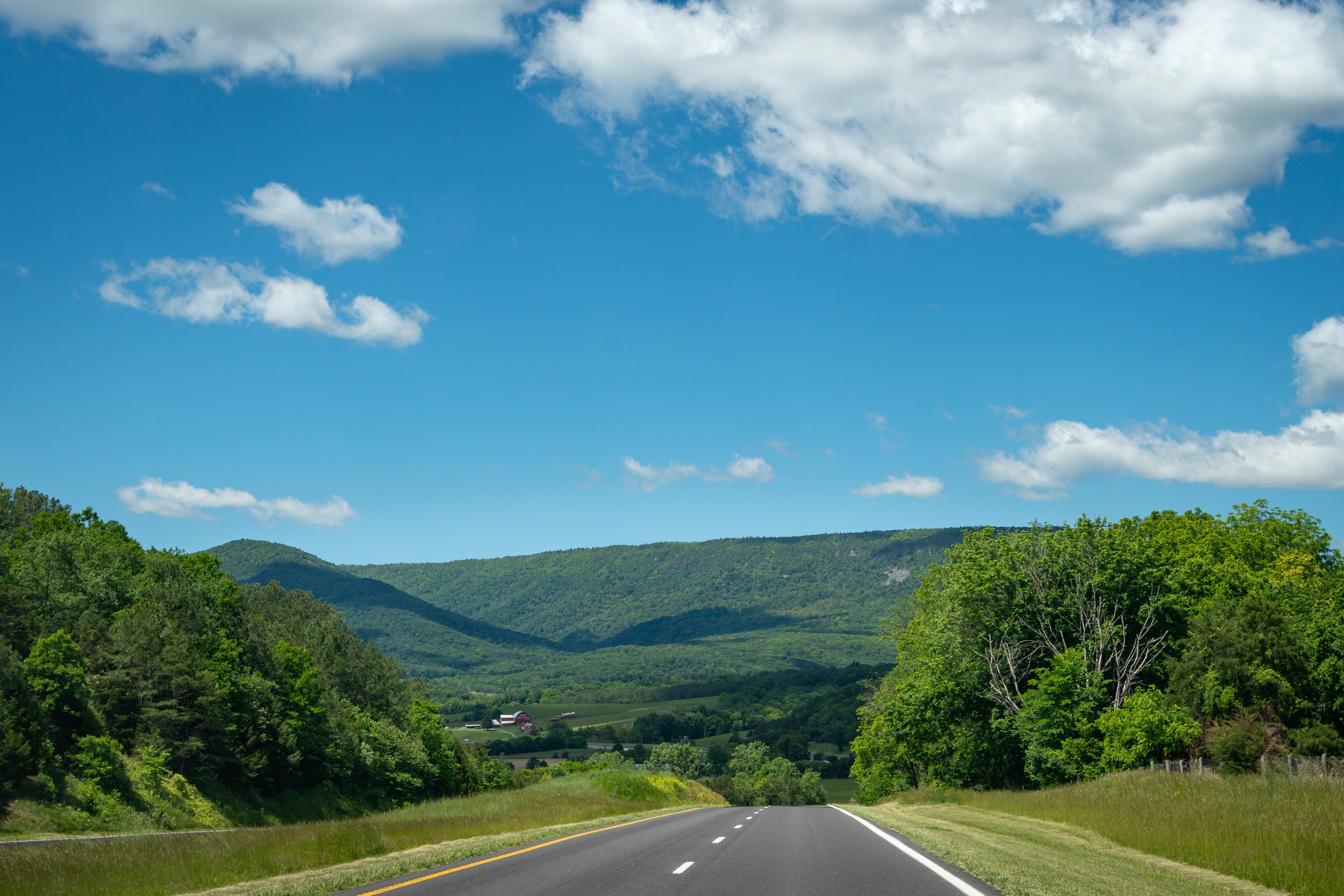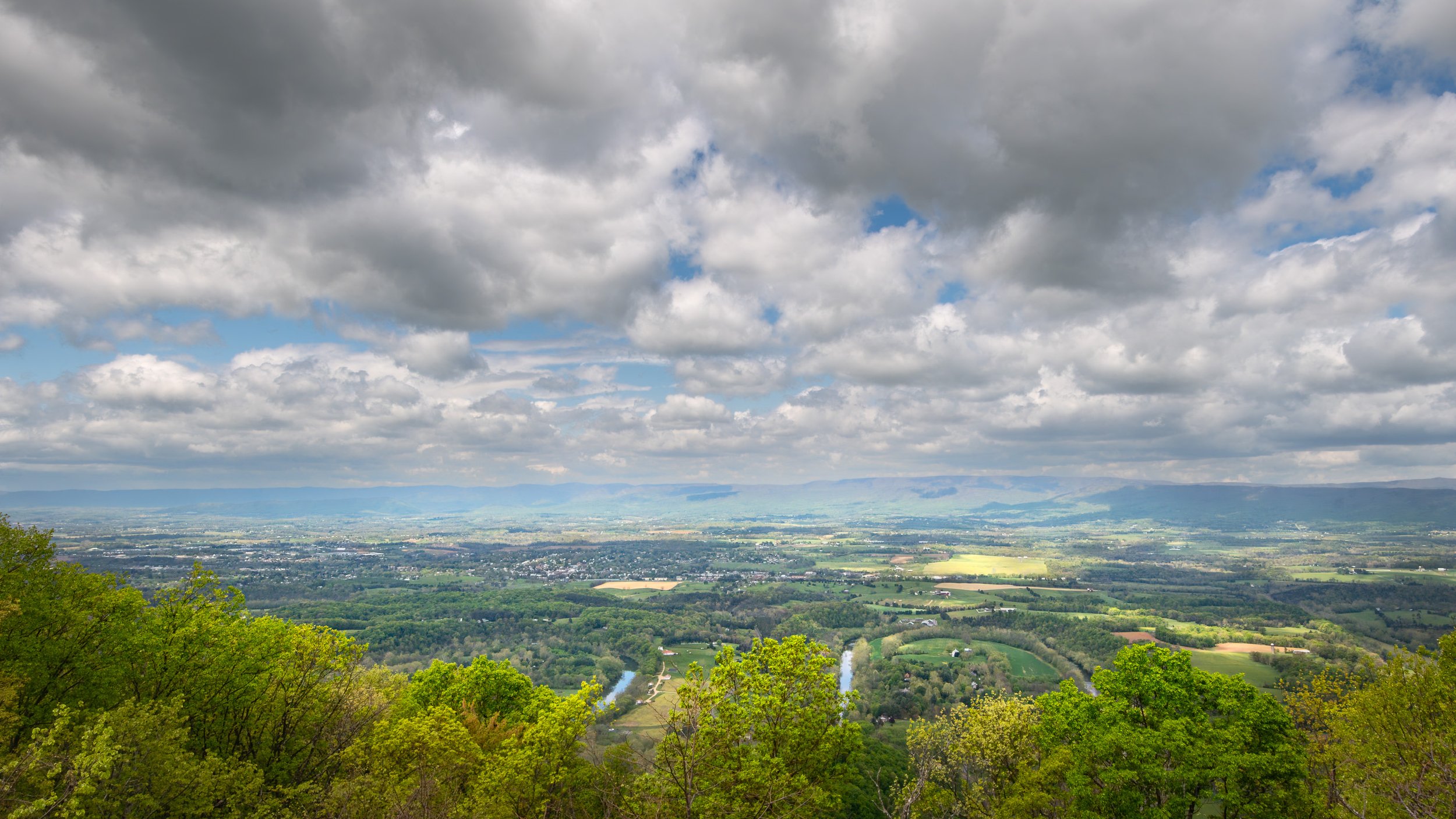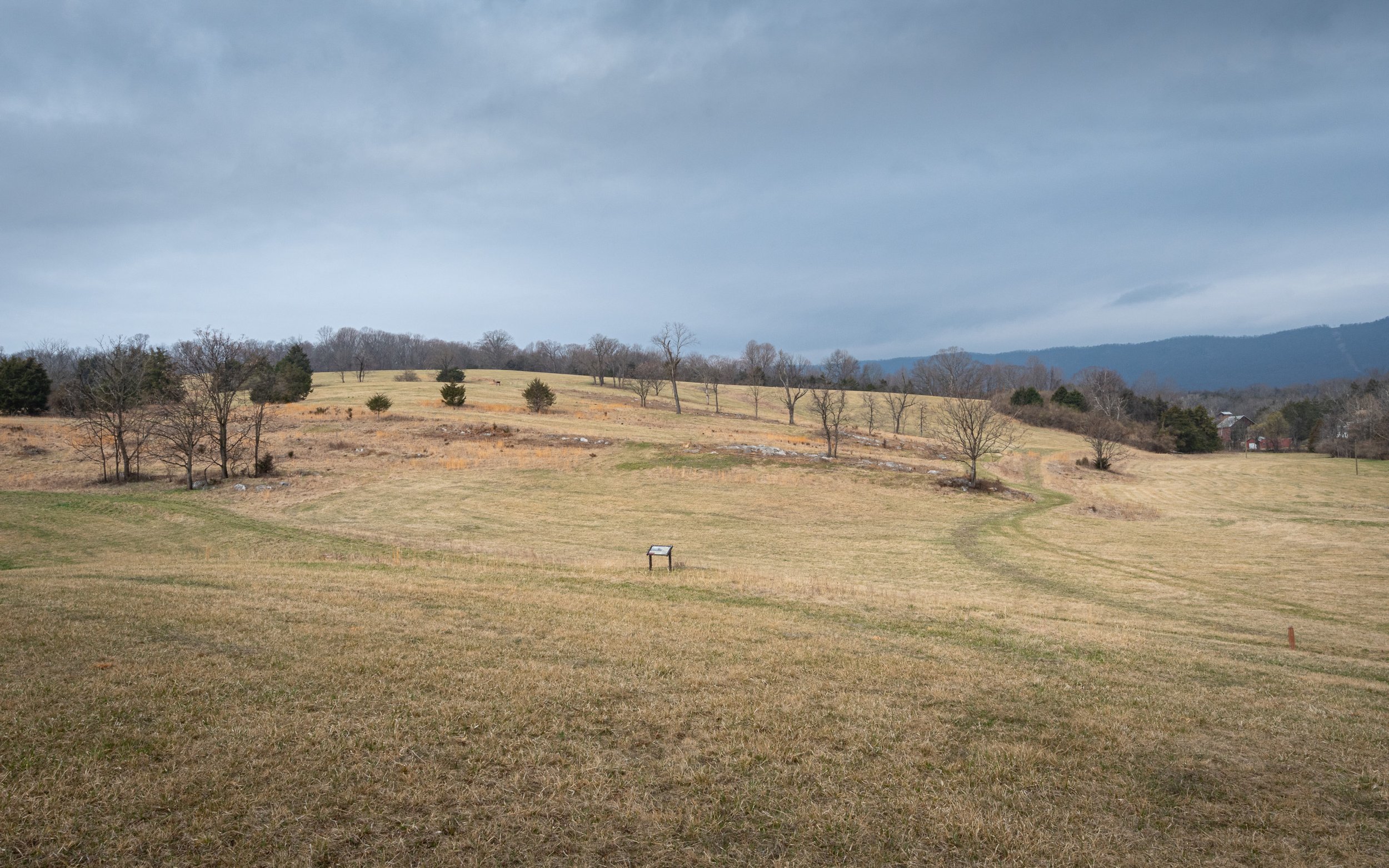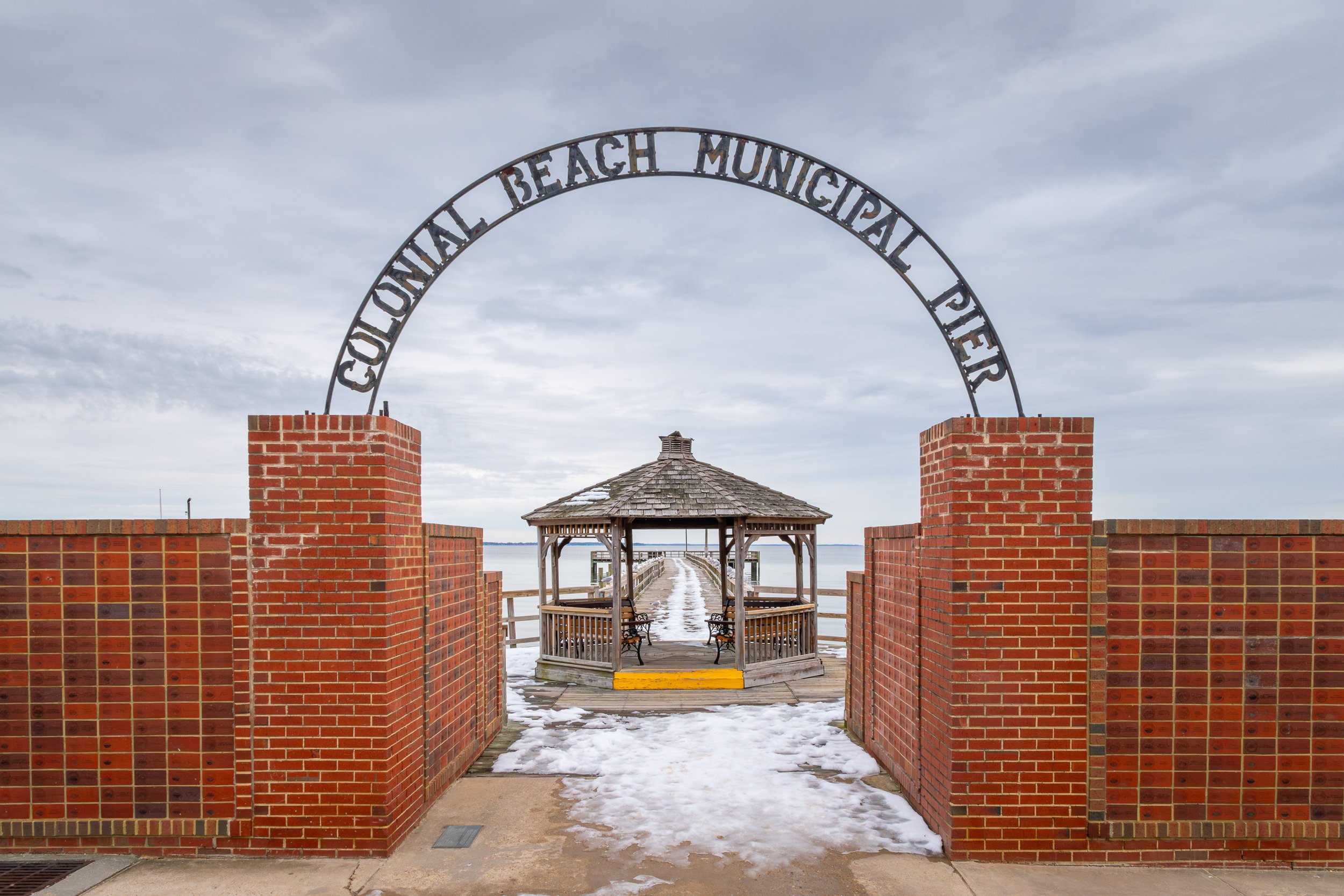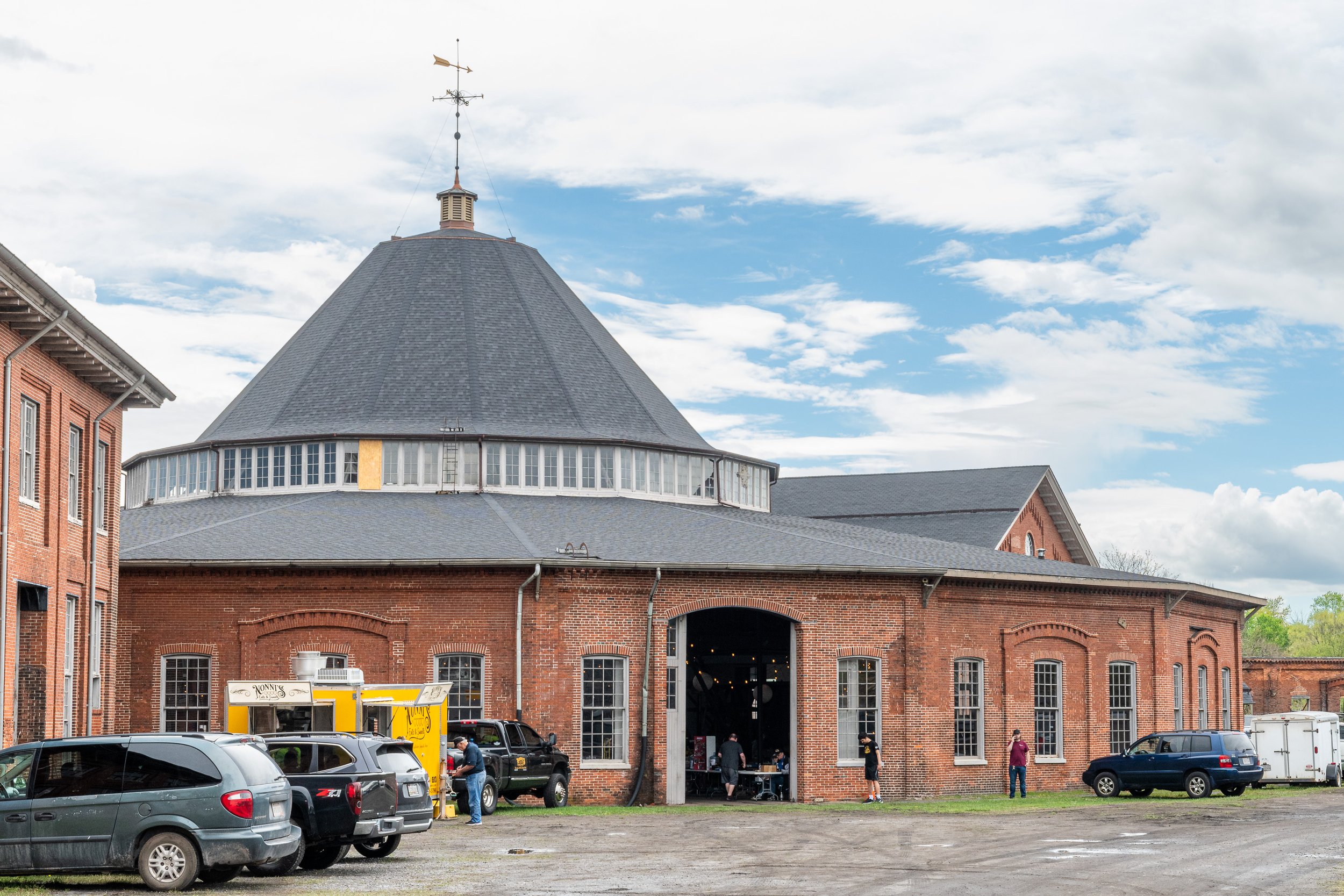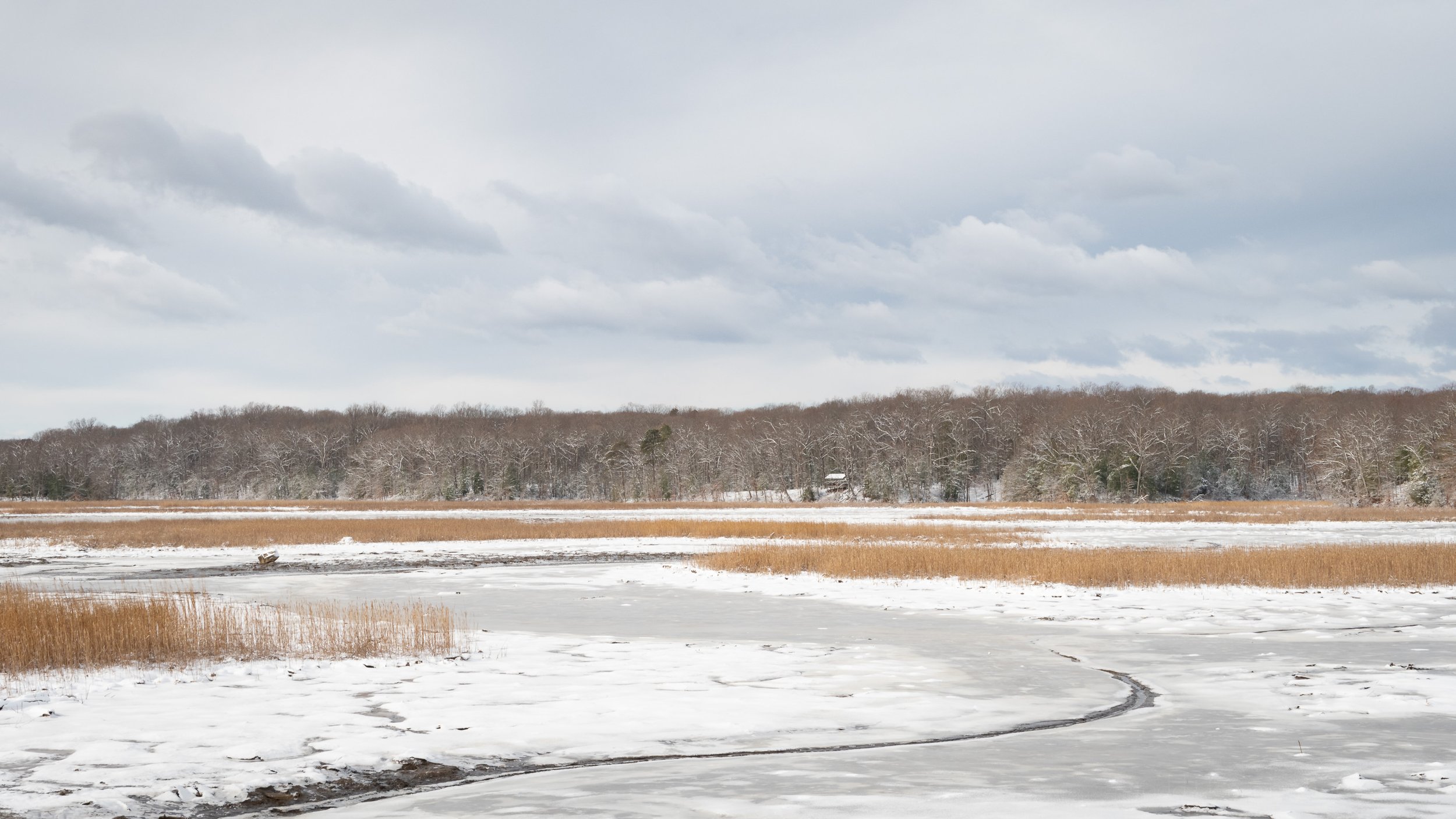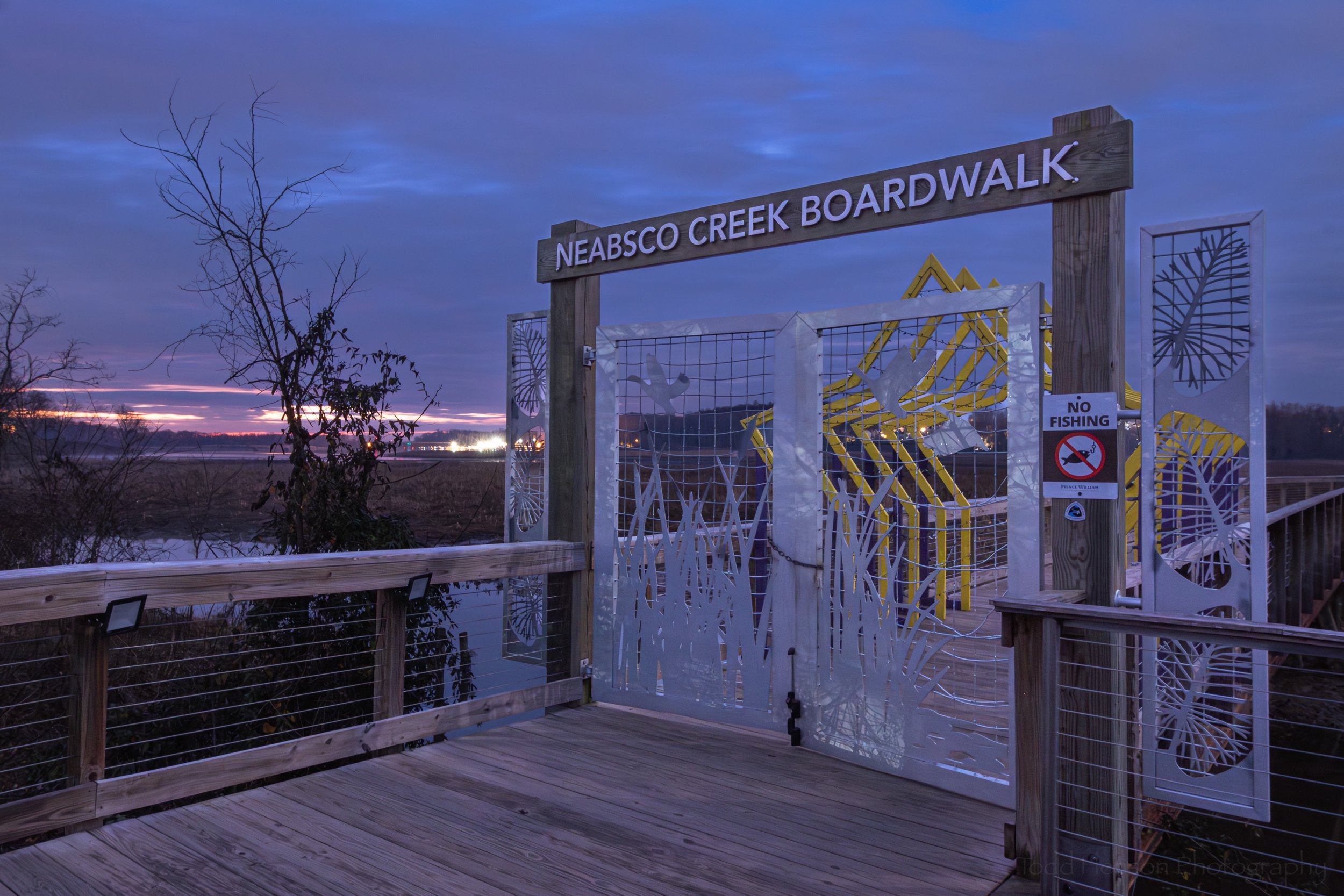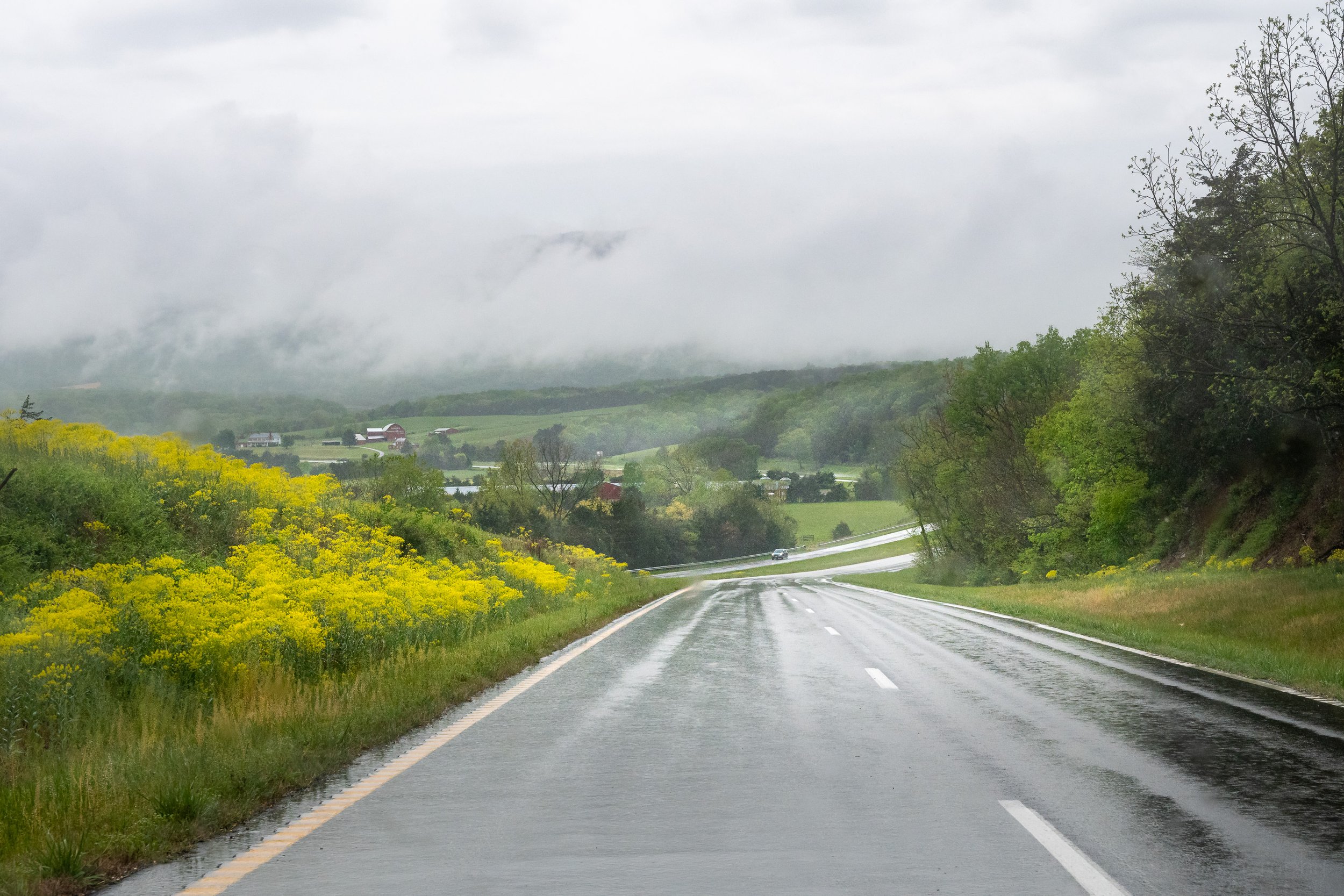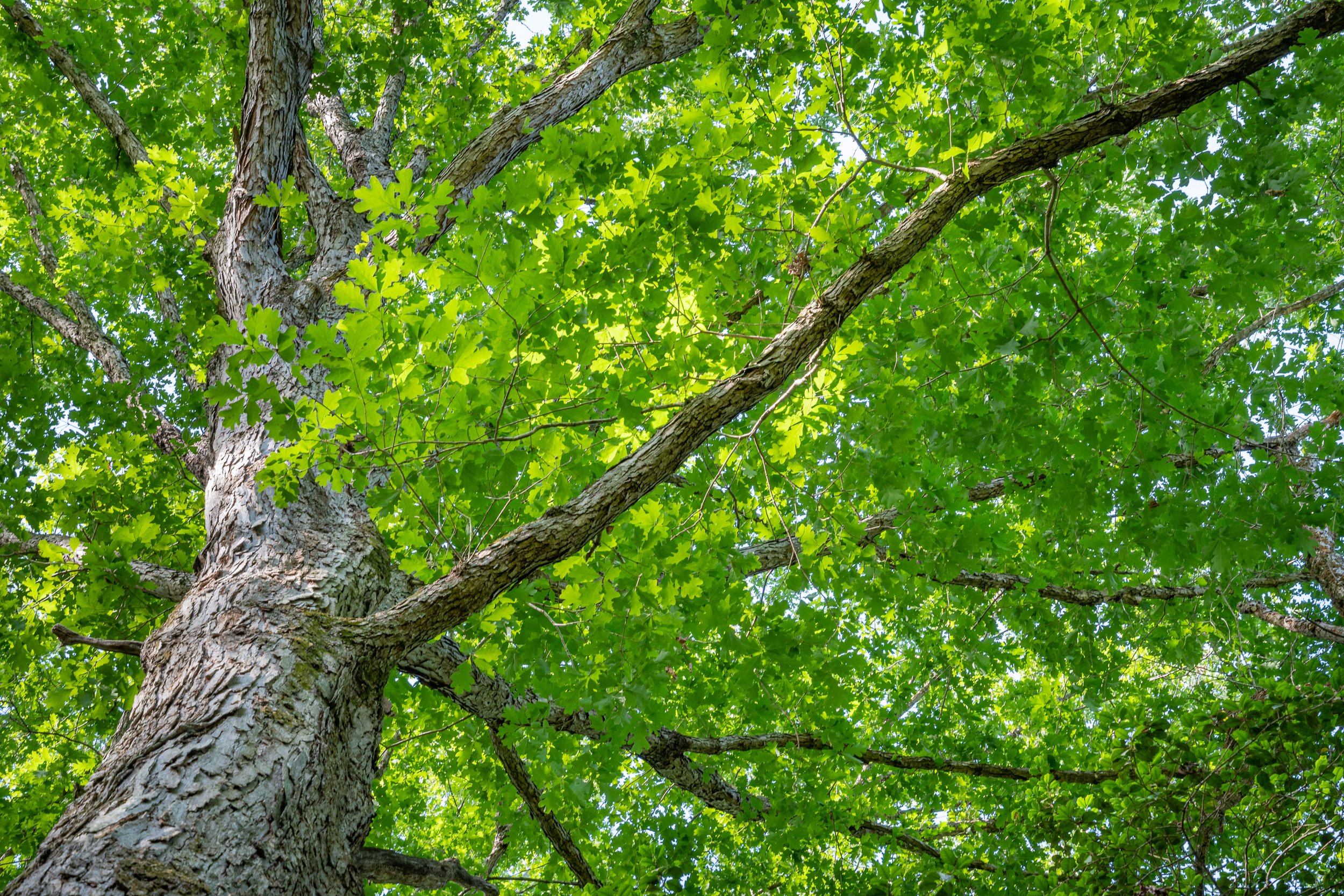Here a Bullock’s oriole is just leaving its nest
Oriole’s are beautiful and somewhat iconic birds. In the Northern Virginia area I’ve often seen orchard orioles while out hiking through the right environment, and occasionally in some areas I’ll see a Baltimore oriole. But that’s it. The other oriole species of North America are all further west or southwest.
The first thing I noticed was an empty nest
So when I had the chance to visit Colorado in early June (many years back) I was very pleased to run into a Bullock’s oriole working on its nest right along a main trail in Barr Lake State Park. I saw the nest first. All the photos of the oriole are cropped in quite a bit to let you see the bird a bit closer. But the photograph of the empty nest is just as it was framed at 230mm with a 70-200mm lens and a 1.4x teleconverter. So the nest was very close to the trail. But when I noticed the bird trying to come back to the nest I moved further back to give it space. And that’s all it took.
An early view of the Bullock’s oriole perched in a tree near its nest
For whatever reason I struggled to identify this bird at the time. I wasn’t sure it completely fit any of the photos/descriptions in my field guides. It seemed a bit more yellow than orange which seemed to point towards a female or younger male (except for Audubon’s or Scott’s orioles, but it didn’t appear to be either of those). The blacks weren’t the stark blacks that photos of the males seemed to possess. The black goatee/chin seemed to indicate a possible male, though I read somewhere you might sometimes find a female with one and they’re thought to be older females. The narrowness of the goatee and the dark eye line pointed me towards the Bullock’s oriole, and a photo in National Geographic’s Complete Birds of North America shows a 1st spring male Bullock’s that appears to match my specimen, one that is just starting to develop the stronger black markings. And it could be complicated by the fact that Bullock’s and Baltimore orioles do sometimes interbreed (hybridize) in areas where their ranges overlap. Colorado seems more the Bullock’s range but the Baltimore’s range isn’t too very far east, so maybe? Probably not as that overlapping range is apparently a narrow one.
Another view of the Bullock’s oriole perched in a tree
The more I thought through all the field markers the more I kept leaning towards a Bullock’s oriole given the area where I found it, but I wasn’t willing to accept my own identification until years later when I ran two different bird identification apps against each of the photos and both apps identified them as a Bullock’s oriole (Icterus bullockii). And so I believe this bird to be a young, perhaps 1st spring, male Bullock’s oriole. But if you feel I’ve misidentified this bird then please leave a comment letting me know what you think it is and why, what identifiers or field marks you used to identify it.
The Bullock’s oriole has just landed at its nest and gives us a nice view of its black goatee
Interestingly, at one point in time the Bullock’s and Baltimore orioles were thought to be a single species and at the time were called northern orioles. But as happens, they were later differentiated based on DNA studies and other criteria. The name Bullock refers to William Bullock, an English amateur naturalist.
The Bullock’s oriole sticks its head in its nest
I was so fortunate, not only to find an oriole species we don’t have back east, but to find one working on its nest. I love finding birds in and around their nest. You can see such incredibly interesting behaviors, as visible in some of these photos.
I love this view of the Bullock’s oriole completely inside the nest with just head and tail showing
I hope you’ve enjoyed this look at a Bullock’s oriole working on its nest, as well as some of my struggles with identifying it. Have you ever seen this species of oriole, or any species of oriole? Let me know in the comments below.
Resources
Below are the three field guides I used most when identifying the Bullock’s oriole. Of them I found the National Geographic Complete Birds of North America the most helpful. It’s by far the largest book, not a guide you’d take out into the field, and that gave it the extra space to show some extra photos which made a big difference for me.
I am including affiliate links for the field guides and as an Amazon Associate I earn from qualifying purchases. This is at no extra cost to you and helps support me and this site. Thanks for your support.
The two apps I used and found very helpful were:
Do you enjoy these posts?
Sign up to receive periodic emails with updates and thoughts. Don’t worry, I won’t spam you. And please consider purchasing artwork or products from my online store, and using my affiliate links in the sidebar to the right when shopping online.
I appreciate your support!



